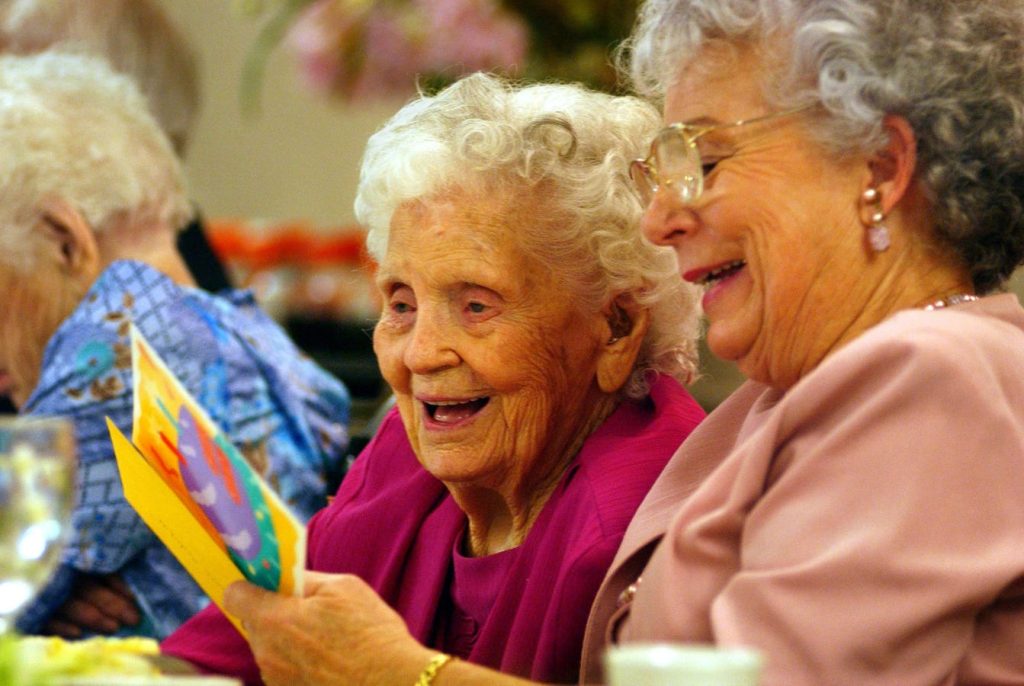The population of older adults is growing rapidly, but they are aging in different ways. The federal Administration for Community Living has released a Profile of Older Americans, providing insight into the lives of US residents age 65 and older in 2022. The report highlights the rapid growth of the older adult population, as the last of the Baby Boomers reach age 65 and seniors’ life expectancy continues to increase.
While many older adults are financially secure, live in stable households, and are relatively healthy, others face more tenuous lives, especially as they reach their 70s and 80s. Lower-income, less educated older adults are more likely to struggle with poor health and higher medical and long-term care expenses in old age, the report suggests.
In 2022, nearly 58 million older adults were living in the US, representing 17.3% of the population. The Census Bureau estimates that nearly 25 million Americans are age 75 or older, with over 6 million over the age of 85. Despite a recent decline in overall life expectancy in the US, older adults lived longer in 2022 than in the prior year, with women expected to live an average of 20.2 additional years and men 17.5 years after turning 65.
Florida has the highest percentage of residents aged 65 or older, followed by Maine, Vermont, West Virginia, and Puerto Rico. While 60% of older adults live with a spouse or partner, 28% live alone, with about one-third of older women and 42% of those aged 75 or older residing solo. The median income for older adults is just under $30,000, with significant disparities between men and women. Nearly one in five older adults lived in poverty, with higher rates among Black and Hispanic seniors compared to White seniors.
One-quarter of older adults reported their health as fair or poor, with most taking at least one prescription medication and the most common chronic conditions being high blood pressure, arthritis, and high cholesterol. One-third reported some disability, with issues related to walking, hearing, falls, and cognitive limitations. Despite high insurance coverage, older adults spent over $7,500 out of pocket for healthcare in 2022, mostly for insurance premiums. Additionally, about 15% of older adults also provided care for spouses and other relatives, spending an average of nearly 5 hours per day on caregiving responsibilities. Older adults should not be seen as a homogenous group, as they live very different lives with unique needs.


